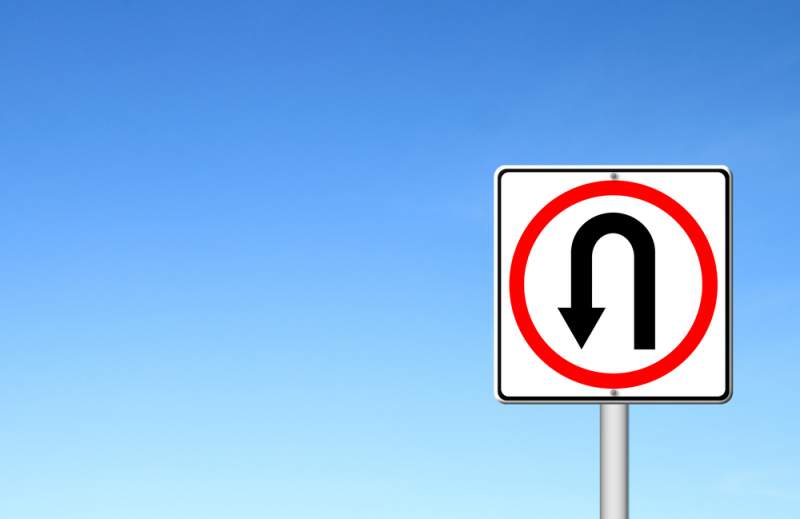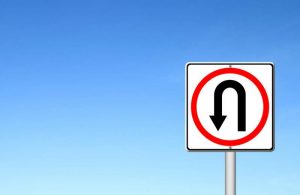Houston Car Accident Lawyers > Articles > Texas Road Laws > U Turns In Texas
U Turns In Texas

Texas U Turn Laws
U Turn Laws In Texas
Making a U-Turn is not illegal but you are only allowed to make U-Turns if you can see at least 500 feet in the direction of oncoming traffic. In some cities making u-turns is not allowed on some streets. They usually erect “no u-turn” signs so that motorists do not get confused. You should remember that when turning left you must yield to oncoming traffic. However, you have the right of way if someone is trying to turn right at a red light onto the same road you are making the u-turn onto. Contact an experienced attorney to learn more about u turns in Texas.
Texas U-Turn Law
Texas U Turn
Some of the Texas u-turn laws include:
- On roads without a traffic signal, the turning driver must yield to all other traffic
- Turning driver should wait for traffic on the left hand side to clear if the driver is making a u-turn on a green arrow. This includes waiting for vehicles making a right hand turn.
- When on a solid green light, the turning should yield to approaching traffic. This includes cars that are making a right hand turn from a side lane into the lane the driver wishes to enter
- If you see a “no u-turn” at an intersection after you have already entered the left lane, make a left hand turn
- You still need to yield to oncoming traffic when you are making a u-turn at median that is designated for u-turns. It is your responsibility to check for these signs
The turning driver is always responsible for making that maneuver correctly. That is why if an accident results from making the u-turn, it is the turning driver that is held responsible.
When It Is Illegal To Make A U-Turn
Are U Turns Legal In Texas
 Texas law does not allow you to make a u-turn in the following situations:
Texas law does not allow you to make a u-turn in the following situations:
- At or on a railroad crossing
- When there is a “no u-turn” sign
- Where obstacles are blocking your view making it hard for you to see 200 feet in each direction
- On business districts (you can make a u-turn at intersections on business districts)
- In front of a fire station
- On a one way street
- Where you are at high risk of getting hit by other vehicles
- On a divided highway that has a curb or two sets of double yellow lines
When you are in front of a fire station, you can use the station’s driveway to turn around.
Who Is At Fault In A U-Turn Accident?
Texas U-Turn
There are many accidents that have occurred because of people making u-turns. Fault will be determined by the following circumstances:
- Whether the u-turn was legal
- Whether the u-turn was safe
- There were other contributing factors
Normally it is the driver that was making the u-turn that is found at fault but not all the time. To make a safe u-turn a turning driver must stop to make sure the path is clear before making the maneuver. Making a u-turn in a tight space or in a small gap between cars is dangerous. A turning driver is not at fault if the other driver ran a red light, was distracted, or changed lanes into the turning driver.
Additional Auto Accident Law Articles
Find Houston Car Accident Lawyers Nearby
Houston Car Accident Lawyer Office
Houston Car Accident Lawyers FAQ
Is it legal to make U-turns in Texas?
In Texas, there is no law prohibiting u-turns on main roads. If there is no sign and oncoming traffic is visible for up to 500 feet, a driver may make a legal u-turn by following the same guidelines as a regular left turn: yield to oncoming traffic and do not turn left at a red light.
Who has right of way U-turn or right turn in Texas?
On a green light, when making a U-turn: Incoming traffic, including vehicles turning right from a side lane into the lane the turner desires to enter, must yield to the turning driver.When a car makes a U-turn in a lane when there is no traffic light: In Texas, the U-turner is required to yield to all other vehicles.
What states have U-turns illegal?
The Canadian provinces of Alberta and British Columbia, as well as the states of Colorado and Oregon in the United States, are examples of jurisdictions that have codified U-turn prohibitions.
